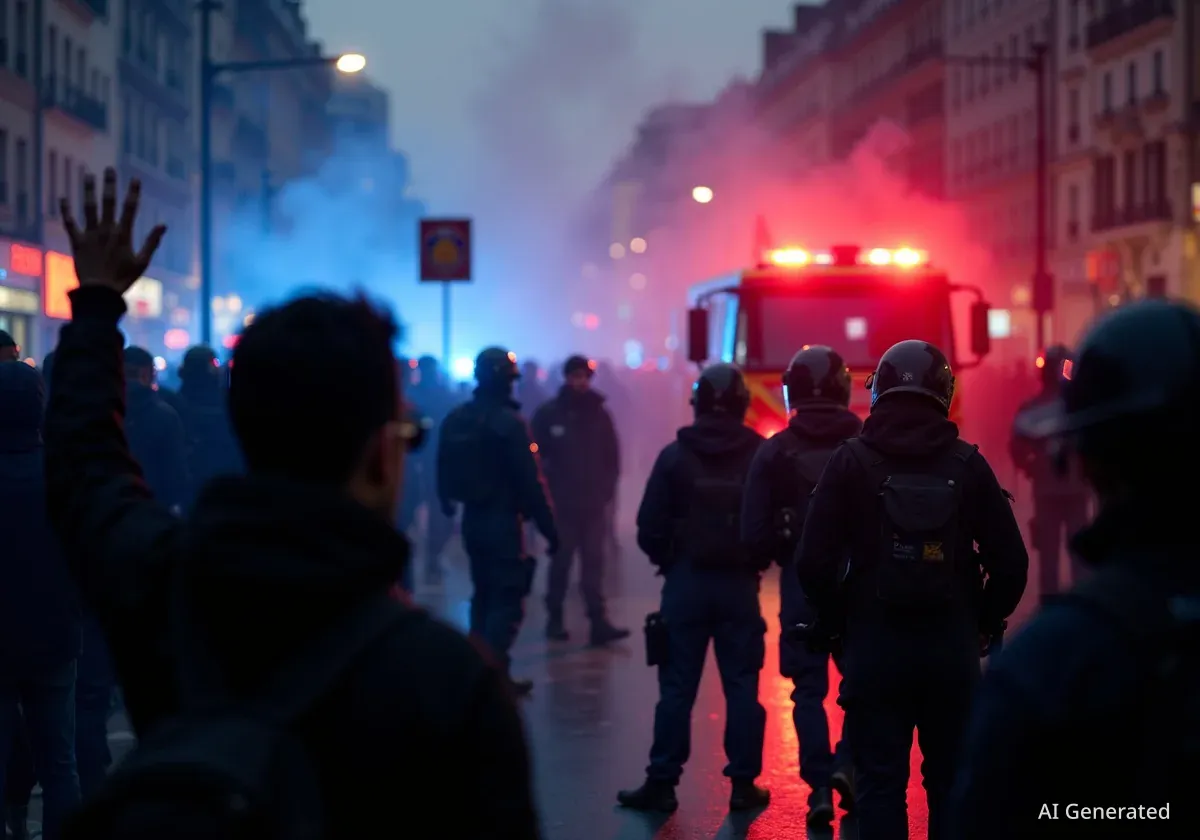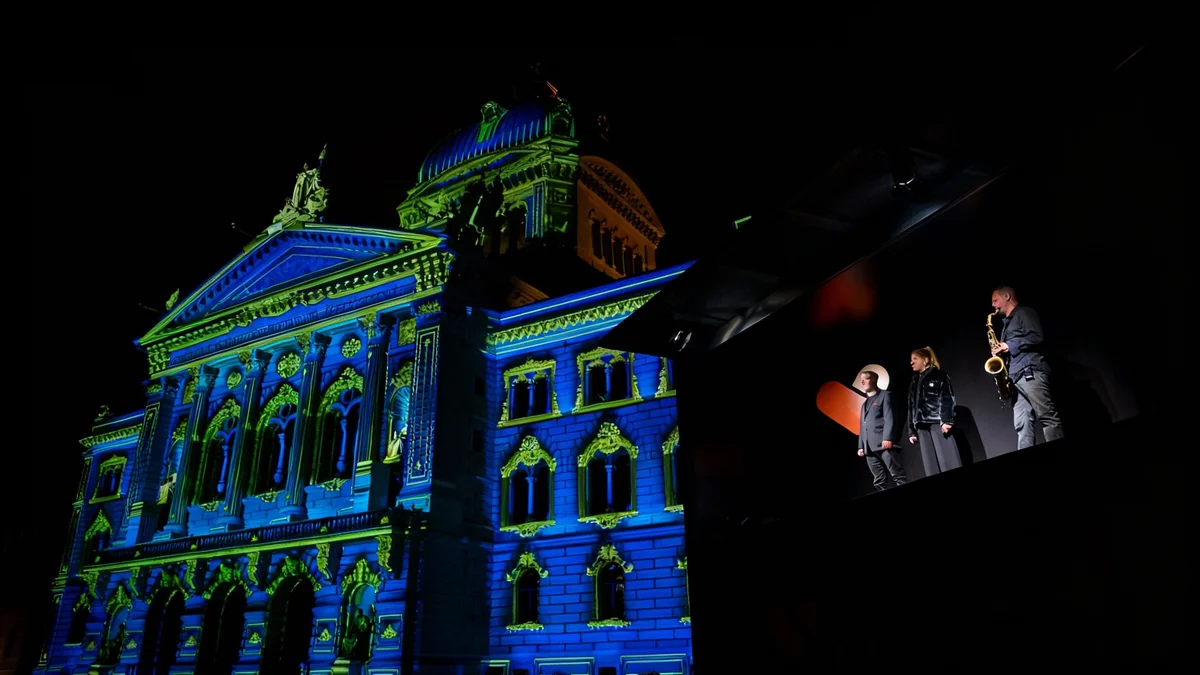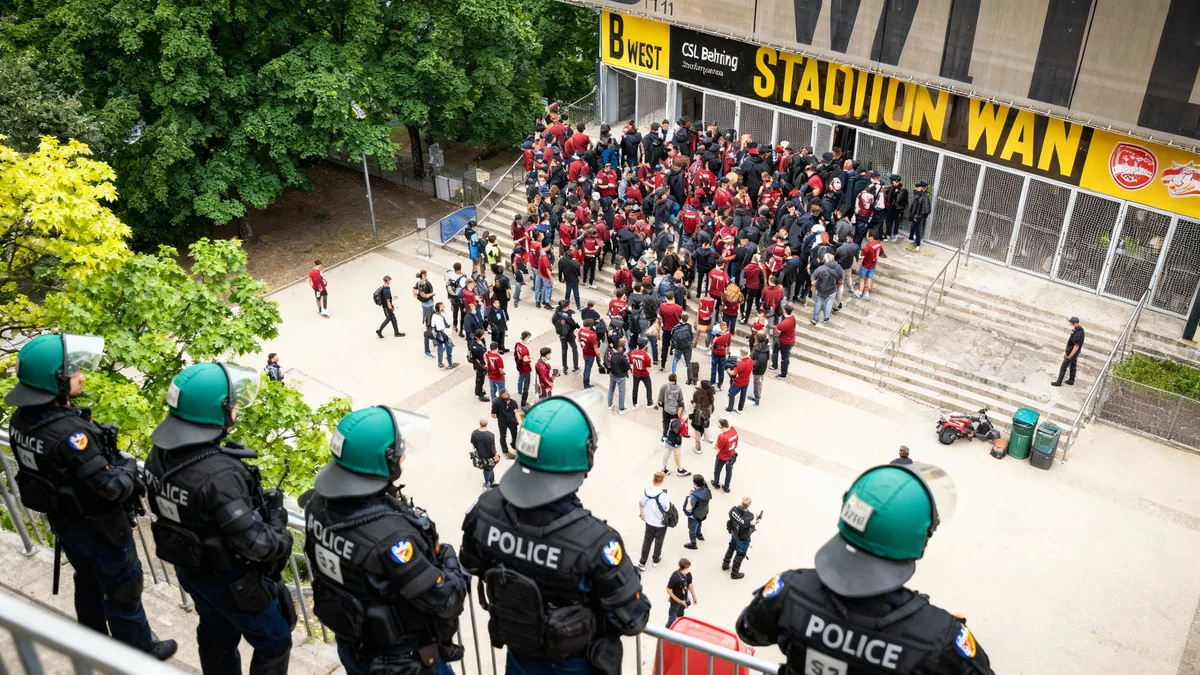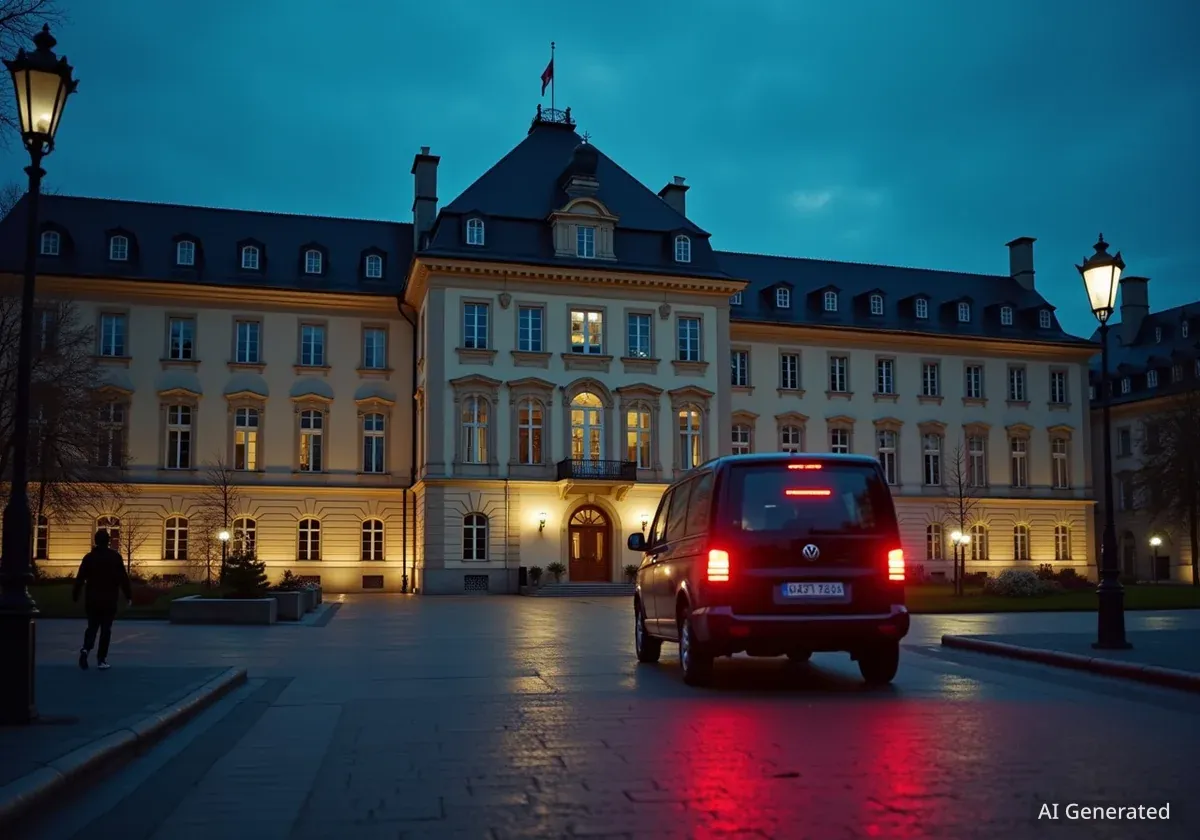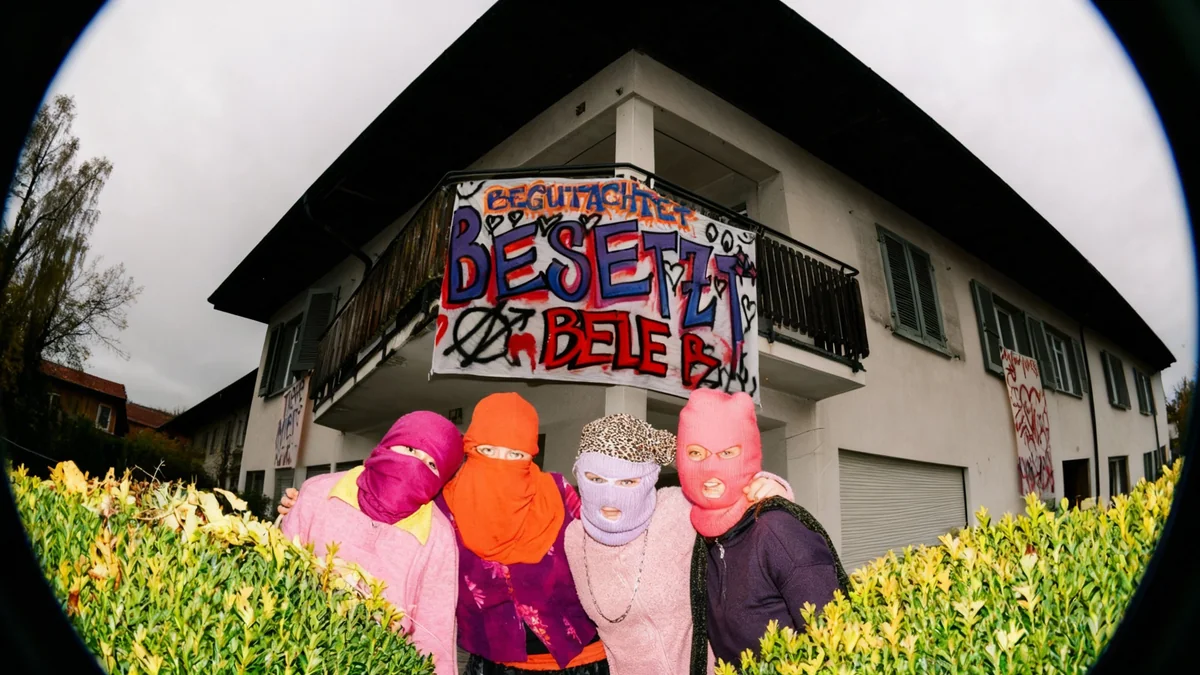On Thursday evening, several Swiss cities experienced significant disruptions to public transport and confrontations with law enforcement due to pro-Palestine demonstrations. Events in Bern, Zurich, Basel, and Geneva led to temporary closures and the deployment of crowd control measures, including tear gas and water cannons.
Key Takeaways
- Pro-Palestine demonstrations occurred in Bern, Zurich, Basel, and Geneva.
- Public transport services faced severe interruptions in multiple cities.
- Police used tear gas, pepper spray, and water cannons to manage crowds.
- Rail lines were blocked in Bern, Basel, and Geneva, impacting train schedules.
- Five police officers were injured and infrastructure damage was reported in Geneva.
Bern: Railway Tracks Blocked, Police Intervention
In Bern, participants of a pro-Palestine rally blocked railway tracks 4 to 7 at the main station. This action severely affected train services for approximately 30 minutes. Swiss Federal Railways (SBB) reported that normal operations resumed around 8:30 PM.
Police intervened to stop the procession near the synagogue on Kappelenstrasse. The demonstration later dispersed from Bubenbergplatz shortly after 9:00 PM.
A BRK-News reporter estimated the number of demonstrators in Bern to be several hundred, possibly reaching up to 1,000 people in some areas. Mobilization for the protest occurred through social media, with groups like "Students for Palestine" playing a key role. Authorities did not make arrests at this location.
Fact Check
Blocking railway tracks can lead to significant safety risks and substantial delays for thousands of commuters. Such actions often result in legal consequences for those involved.
Zurich: Pepper Spray and Warning Shots Used
Around the same time, a demonstration took place in central Zurich. This protest was organized by "Vorwärts" in response to the Israeli Navy's arrest of activists. These activists had attempted to deliver aid to the Gaza Strip, aiming to break a blockade. Among those detained were 19 Swiss citizens.
Observers estimated the crowd size in Zurich to be between 2,000 and 4,000 participants. To push back the crowd, officers from the Zurich City Police and Cantonal Police used tear gas and pepper spray. They also fired warning shots with rubber bullet guns.
The protest caused restrictions in tram services in Zurich's District 4 and 5. This led to delays and diversions for public transport users. The demonstration concluded around 9:40 PM.
Background on Gaza Flotillas
Humanitarian flotillas attempting to reach Gaza have often faced interceptions. These missions aim to deliver aid and challenge the blockade on the Gaza Strip, frequently leading to international incidents and diplomatic tensions.
Basel: Rail Traffic Affected
Rail traffic between Basel SBB and Basel Badischer Bahnhof also experienced interruptions. This was due to another demonstration. Passengers in the Basel area were advised to expect potential delays and cancellations.
Geneva: Water Cannons and Injuries Reported
In Geneva, over 3,000 people gathered near Cornavin station on Thursday. They expressed solidarity with Palestine and protested against Israel's interception of the Gaza flotilla. Demonstrators chanted slogans on Place Lise Girardin. Later, some participants set tires on fire, as reported by RTS. This temporarily halted traffic in the square.
During a march through the city center, police stopped the crowd on the Mont-Blanc Bridge. Objects were then thrown at officers. Police responded by deploying tear gas and water cannons.
Later in the evening, demonstrators blocked the railway tracks at the station. Police again used tear gas and deployed a large number of officers. The crowd largely dispersed shortly before 10:00 PM.
- One arrest was made.
- Five police officers sustained injuries.
- Significant damage to infrastructure was reported.
Train services in Geneva were interrupted for several hours. Normal operations resumed around 11:00 PM.
Impact on Public Services and Safety
The demonstrations across Switzerland highlighted the challenges faced by urban centers during large-scale protests. Public transport networks are particularly vulnerable to disruptions, affecting thousands of daily commuters and travelers. The use of crowd control measures by police underscores the intensity of the confrontations.
Such events require careful planning and coordination from law enforcement. The goal is to balance the right to protest with maintaining public order and safety. The injuries to police officers and damage to infrastructure indicate the severity of the incidents.
Authorities are likely to review the events to prevent similar disruptions in the future. The focus will be on managing large gatherings and ensuring the safety of both demonstrators and the wider public.
